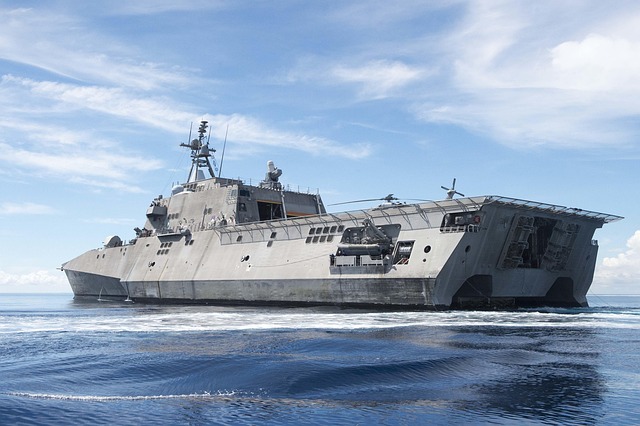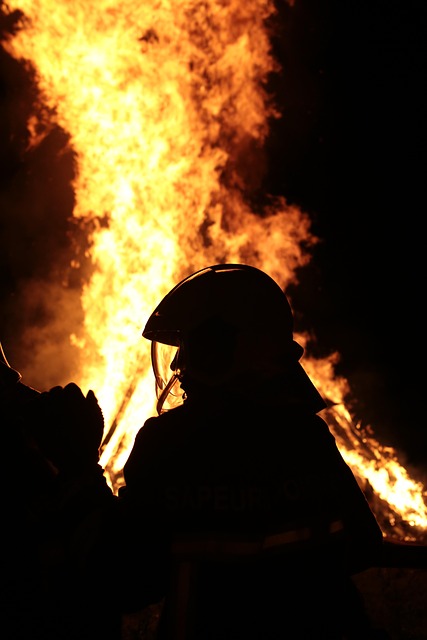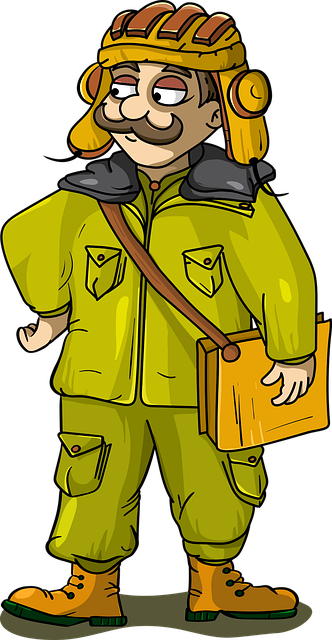Understanding DOT tank rollover training is crucial for safe handling of hazardous materials (hazmats) in the Northwest, where specialized programs offer comprehensive courses using immersive simulations with advanced hazmat training props. These equip individuals with skills to recognize risks, perform inspections, and respond effectively during emergencies, minimizing potential hazards associated with DOT-regulated tanks. NW Source revolutionizes training with realistic scenarios, enhancing readiness for real-world incidents across industries dealing with hazardous substances.
“In the dynamic landscape of hazardous material (hazmat) handling, proper training is paramount. This article delves into the critical aspect of DOT tank rollover training, a crucial safety initiative in northwest regions with thriving industrial sectors. We explore the evolving training requirements set by DOT regulations and why hazmat training programs are essential for this unique geographic area. Discover how leading providers like NW Source simulate real-world scenarios to equip professionals with the skills needed to navigate challenging situations effectively.”
- Understanding DOT Tank Rollover Training Requirements
- The Importance of Hazmat Training in Northwest Regions
- Simulating Real-World Scenarios: NW Source's Approach
- Equipment and Techniques Used in Rollover Training
- Benefits and Impact on Safety in Hazardous Material Handling
Understanding DOT Tank Rollover Training Requirements

Understanding DOT tank rollover training is crucial for anyone involved in the transportation and handling of hazardous materials (hazmat). The Department of Transportation (DOT) sets stringent regulations to ensure safety during the transport of such materials, especially in the event of an accident or unexpected rollover. This training is essential for drivers, handlers, and anyone who might respond to incidents involving DOT-regulated tanks.
In the northwest, specialized hazmat training programs offer comprehensive courses tailored to these requirements. These programs cover critical aspects like recognizing and mitigating risks, proper tank inspection procedures, and emergency response strategies. By participating in such training, individuals gain valuable skills to prevent accidents, react swiftly during emergencies, and minimize potential hazards associated with DOT tank rollovers.
The Importance of Hazmat Training in Northwest Regions

In the vast and diverse landscapes of the Northwest, where unique challenges and environments present themselves, Hazmat training plays an indispensable role in ensuring the safety and well-being of communities and the ecosystem. With its intricate web of industries, from agriculture to manufacturing, the region faces specific risks associated with hazardous materials. Therefore, comprehensive Hazmat training is essential for professionals across sectors, enabling them to handle these substances responsibly and effectively.
The Northwest’s rugged terrain and varying climates require tailored solutions for managing and transporting hazmats. DOT tank rollover training, as offered by reputable sources, equips individuals with the knowledge and skills needed to navigate these challenges. By focusing on real-world scenarios, this training prepares emergency responders, transportation operators, and other relevant personnel to react swiftly and accurately during incidents involving hazardous materials, minimizing potential risks and damage.
Simulating Real-World Scenarios: NW Source's Approach

NW Source understands that preparing for real-world hazards, such as hazardous material (hazmat) tank rollovers, requires immersive and practical training. Their approach to simulating scenarios is a game-changer in the field of safety education. By emulating actual emergency situations, trainees gain hands-on experience dealing with potent chemical risks and potential disasters.
The company employs state-of-the-art hazmat training props, meticulously designed to replicate various tank types and configurations. These realistic models allow participants to practice containment procedures, emergency response strategies, and evacuation tactics in a controlled environment. Through these simulations, first responders, hazardous material handlers, and other relevant personnel can sharpen their skills and enhance their readiness to manage critical incidents involving hazardous materials storage tanks.
Equipment and Techniques Used in Rollover Training

In DOT tank rollover training, specialized equipment and techniques play a pivotal role in preparing professionals for real-world hazardous material (hazmat) incidents. The northwest source employs cutting-edge simulants that mimic the properties of various substances, from liquids to gases, allowing trainees to practice emergency response without handling live materials. These hazmat training props are designed to create realistic scenarios, enabling operators to learn how different types of tanks behave during rollover situations.
The training facility also incorporates advanced technology such as dynamic simulation systems and specialized containment areas. These tools enable instructors to replicate challenging conditions, including slope angles and terrain variations, enhancing the realism of the exercises. By combining these innovative equipment with proven techniques, the northwest source offers an immersive experience that hones the skills necessary for effective tank rollover management, ensuring professionals are prepared to handle hazardous material incidents with confidence and efficiency.
Benefits and Impact on Safety in Hazardous Material Handling

DOT tank rollover training from northwest sources offers significant benefits in enhancing safety during hazardous material handling. This specialized instruction equips professionals with crucial skills to identify risks, respond to emergency situations, and prevent accidents involving large storage tanks. By focusing on realistic scenarios and best practices, hazmat training prop northwest ensures that employees are prepared to handle potential tank rollovers, minimizing the risk of spills, explosions, and other catastrophic events.
The impact on safety is profound, as it not only reduces environmental damage but also safeguards lives. Trained personnel can swiftly assess hazards, implement containment measures, and coordinate with emergency services. This proactive approach, coupled with comprehensive knowledge of hazardous materials’ properties, fosters a culture of safety within industries dealing with such substances. The ultimate goal is to create a robust defense against incidents that could have severe consequences, making DOT tank rollover training an indispensable component of any hazmat management strategy.






